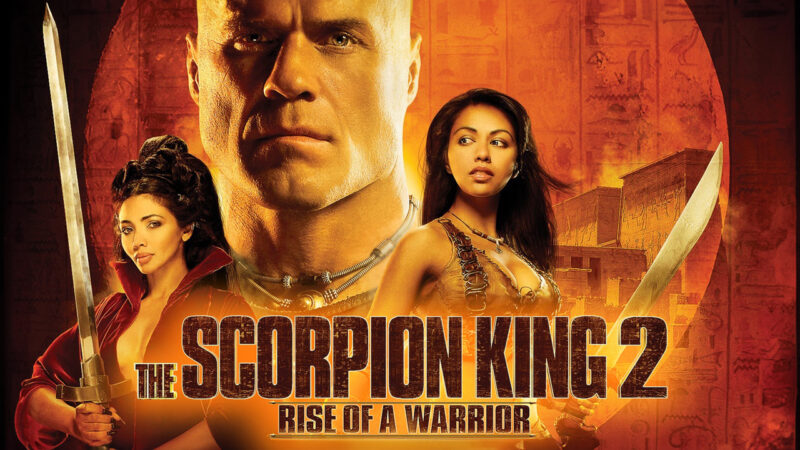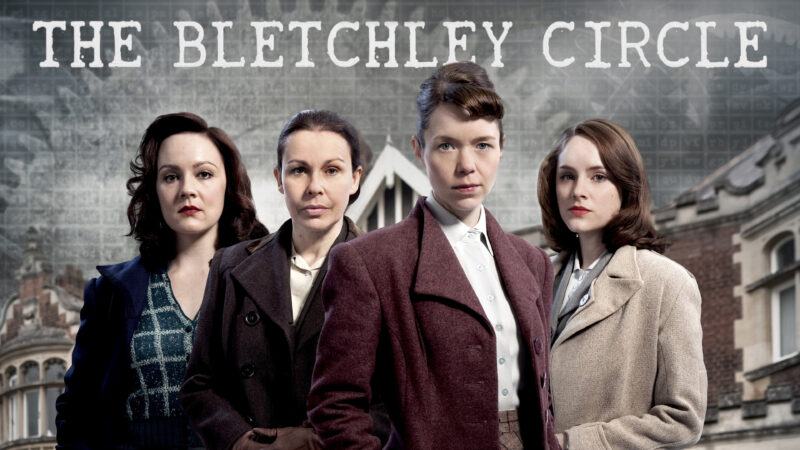🎬🎬The Zone of Interest: A Chilling Meditation on the Banality of Evil

📺📺😣👉The Zone of Interest: A Chilling Meditation on the Banality of Evil

✨In the pantheon of films confronting the Holocaust, The Zone of Interest (2023), directed by Jonathan Glazer, stands apart as a hauntingly original work. This war drama, loosely adapted from Martin Amis’s 2014 novel, doesn’t depict the atrocities of Auschwitz directly. Instead, it immerses viewers in the unsettlingly mundane lives of Rudolf Höss, the Auschwitz commandant, and his family, who live in a picturesque home just beyond the camp’s walls. With its minimalist narrative, innovative sound design, and stark cinematography, the film delivers a profound exploration of human detachment and complicity that lingers long after the credits roll.
😣😣A Domestic Facade Amid Horror

✨Set in 1943, The Zone of Interest focuses on Rudolf Höss (Christian Friedel) and his wife, Hedwig (Sandra Hüller), as they cultivate an idyllic family life. They tend to their garden, host picnics, and raise their children, all while the smoke and sounds of Auschwitz loom in the background. Glazer’s genius lies in what he chooses not to show. The film never enters the camp itself, relying instead on distant visuals—chimney smoke, faint lights—and a chilling soundscape of screams, gunshots, and industrial hums to evoke the genocide. This restraint forces viewers to confront the horror through its absence, making the Höss family’s normalcy all the more disturbing.
✨The performances are understated yet powerful. Friedel’s Rudolf is a bureaucratic cog, methodical and unemotional, while Hüller’s Hedwig embodies a willful ignorance, proudly curating her “paradise” built on stolen goods from victims. Their children play innocently, unaware of the atrocities funding their comfort, adding layers to the film’s theme of inherited complicity.
✨✨👉A Technical Triumph

✨Glazer, known for Under the Skin and Sexy Beast, crafts a film that is as technically brilliant as it is emotionally harrowing. Cinematographer Łukasz Żal employs static, wide shots to create a clinical, almost voyeuristic perspective, framing the Höss family’s home against the camp’s ominous presence. The use of hidden cameras and minimal scripting lends a naturalistic quality, as if we’re peering into a real household.
✨The sound design, led by Johnnie Burn and Tarn Willers, is the film’s backbone, earning it an Academy Award for Best Sound. Distant cries and mechanical noises seep into scenes of domestic banality, creating a dissonance that’s both subtle and unbearable. Composer Mica Levi’s sparse, eerie score amplifies the tension, while brief thermal-imaging sequences—depicting a Polish girl hiding food for prisoners—offer a flicker of humanity in the darkness.
😪😪The Banality of Evil

✨The film’s central thesis draws from Hannah Arendt’s concept of the “banality of evil,” illustrating how ordinary people can normalize atrocities through detachment and routine. Rudolf’s discussions about camp logistics are as mundane as Hedwig’s gardening plans, yet their implications are monstrous. This portrayal challenges viewers to reflect on complicity—not just in historical contexts but in modern ones, where ignorance or inaction can perpetuate harm.
✨Glazer’s decision to film near the actual Auschwitz site in Poland adds a layer of authenticity, grounding the story in its grim reality. The film’s 1-hour-45-minute runtime is tightly paced, with every frame serving its purpose: to provoke, unsettle, and demand introspection.
📺✔✔Critical and Cultural Impact

✨The Zone of Interest has been lauded as a masterpiece, earning a 93% on Rotten Tomatoes, a 92/100 on Metacritic, and an 8.6/10 on IMDb. It won two Oscars—Best International Feature Film and Best Sound—and the Grand Prix at Cannes 2023. Critics have praised its innovative approach, with The Guardian calling it “a landmark in cinematic restraint” and Variety noting its “ability to make the unimaginable feel painfully real.”
✨However, the film has sparked debate. Some argue its focus on the perpetrators risks sidelining victims’ stories, while others see this perspective as a vital lens on human nature. Glazer’s Oscar speech, linking the film’s themes to contemporary conflicts, ignited polarized reactions on platforms like X, underscoring its relevance to ongoing discussions about morality and responsibility.
🙋♀️👉Why It Matters

✨With a modest $15 million budget, The Zone of Interest grossed $54 million worldwide, proving that arthouse cinema can resonate widely. Available on platforms like Amazon Prime, Hulu, and Max, it’s accessible for viewers seeking a thought-provoking experience. For those interested in further exploration, the film pairs well with historical texts like Nikolaus Wachsmann’s KL: A History of the Nazi Concentration Camps or cinematic counterparts like Son of Saul.
✨The Zone of Interest is not an easy watch, nor is it meant to be. It’s a film that demands active engagement, forcing us to grapple with uncomfortable truths about human nature. In an era where history risks being forgotten or distorted, Glazer’s work is a stark reminder of the consequences of indifference. This is cinema at its most powerful: quiet, deliberate, and unforgettable.





